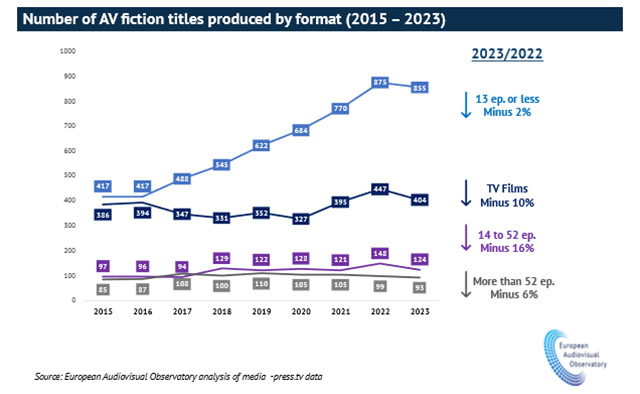Travel
Air New Zealand axes 2030 carbon target and withdraws from SBTi

Air New Zealand has dropped its 2030 target to reduce carbon intensity from its operations, as well as withdrawing from the Science Based Targets initiative (SBTi).
Two years ago, the airline set the target of cutting its carbon intensity by 28.9 per cent compared with a 2019 baseline but this goal has now been axed.
Air New Zealand blamed the decision on possible delays in receiving more efficient aircraft to renew its fleet, as well as other “levers” outside its direct control such as the affordability and availability of alternative jet fuels, plus global and domestic regulatory and policy support.
Greg Foran, Air New Zealand’s CEO, said that it had become clear in recent months that potential delays to receiving new aircraft had posed an “additional risk to the target’s achievability”.
“It is possible the airline may need to retain its existing fleet for longer than planned due to global manufacturing and supply chain issues that could potentially slow the introduction of newer, more fuel-efficient aircraft into the fleet,” added Foran.
“As such and given so many levers needed to meet the target are outside our control, the decision has been made to retract the 2030 target and withdraw from the SBTi network immediately.”
The airline stressed that it was still committed to reaching its long-term target of becoming net-zero on emissions by 2050.
Air New Zealand said it was now working on a new “near-term” carbon emissions reduction target that could “better reflect the challenges relating to aircraft and alternative jet fuel availability within the industry”.
Therese Walsh, chair of the airline, added: “Our work to transition away from fossil fuels continues, as does our advocacy for the global and domestic regulatory and policy settings that will help facilitate Air New Zealand, and the wider aviation system in New Zealand, to do its part to mitigate climate change risks.”










